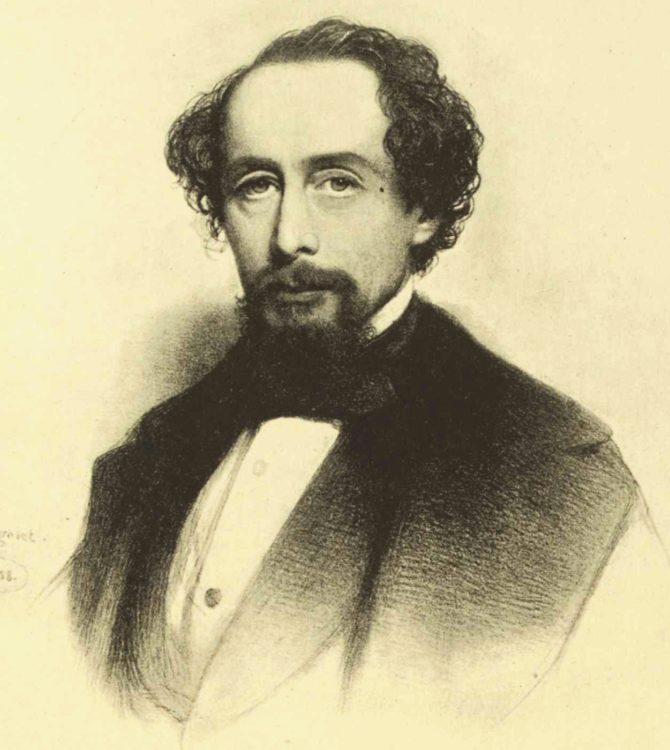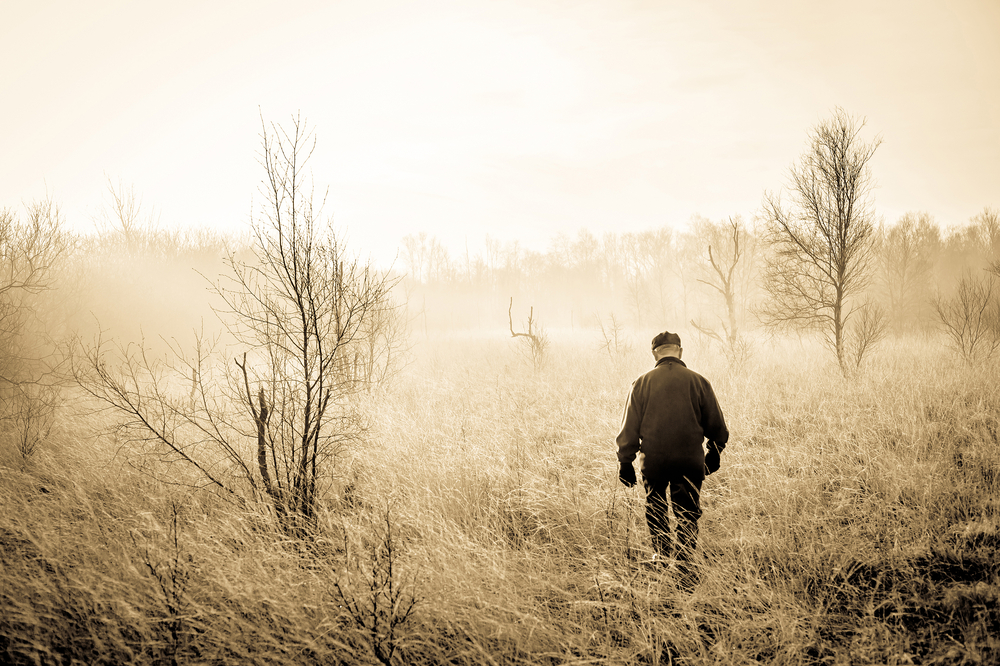So much of our time (22.6 hours a day, to be exact) is accounted for by things like work, sleeping, and household chores. That leaves a little over 2 hours for ‘leisure and sports.’ But of those 2 hours, how much time do we spend doing something pointless? Has the leisurely stroll lost its place?
Is walking aimlessly pointless?
Not commuting, not going to the movies. Just strolling around your neighbourhood with no clear goal in mind, except to think.
When’s the last time you did that?
It’s an almost laughable idea in a world where people seem to have so little time to do the things they need to do, never mind what’s seemingly pointless.
But while you might think taking time to walk for no reason is a great way to be counterproductive, you’d actually be surprised at how untrue that is.
Some of the greatest thinkers in history were walkers. Take Charles Dickens, for example. He could walk as much as 20 miles in a single night for no purpose other than to think.

Charles Dickens
Dickens once said:
“I think I must be the descendant, at no great distance, of some irreclaimable tramp.”
Author Henry David Thoreau was also an avid walker, as was famous sculptor Constantin Brancusi, who frequently walked between Romania and Paris.
One of my favourites, author George Orwell, was also a walker – In fact, you can take a walking tour of London inspired by Orwell.

George Orwell, author of 1984, that book that your English teacher probably raved about
These are all artists, across a variety of art forms, that had a love of walking in common. I’m not the only one marveling at their appreciation and speculating as to whether walking can impact creativity. A study from Stanford University shows that walking, even on a treadmill, can improve creative thinking.
Based on UK statistics, only 17% of all walking is leisurely, purposeless strolling – which, perhaps, is evidence that we could all use a bit of work in that regard.
The Lost Art of Walking writer, Geoff Nicholson, had the following to say:
“There is something about the pace of walking and the pace of thinking that goes together. Walking requires a certain amount of attention but it leaves great parts of the time open to thinking. I do believe once you get the blood flowing through the brain it does start working more creatively.”
He adds, “Your senses are sharpened. As a writer, I also use it as a form of problem-solving. I’m far more likely to find a solution by going for a walk than sitting at my desk and ‘thinking’.”
Merlin Coverly also wrote a book on the topic of walking for creative purposes:
“A lot of places, if you walk you feel you are doing something self-consciously. Walking becomes a radical act,” she says in The Art of Wandering: The Writer as Walker.
It’s easy to fall into the trap of thinking of walking as lost time, time you could be spending on the bus with your laptop open working on an assignment, for example.
Even if you do walk, you might try to cram things like texting or listening to loud music into your stroll, as so many Americans do (and get injured as a result).
When you tally up the points listed in various books on the topic, what you get are the following guidelines for walking to boost creativity:
- Walk with no fixed route (get lost!)
- Put your phone away
- Ditch the soundtrack
- Go solo
- Be mindful of your thoughts as you walk
Here’s something to get you in the mood:
[h/t BBC]


